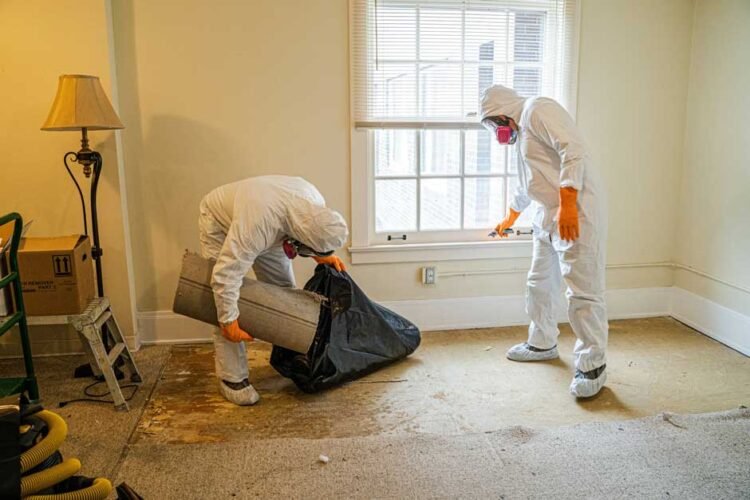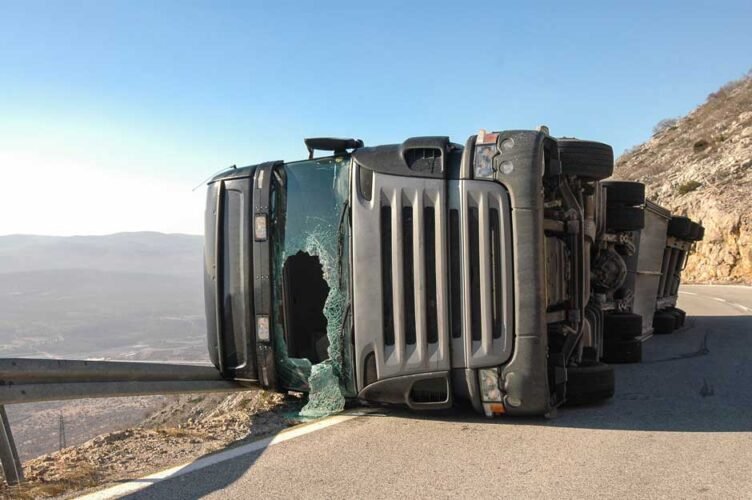The landlord’s liability can be significant when tenants die due to fires, collapses, or carbon monoxide poisoning in poorly maintained properties. St. Louis wrongful death lawyers investigate building codes, maintenance records, and ownership chains to determine who failed in their duty of care. These cases often expose systemic neglect by property management firms.
The Scope of Corporate Negligence in Rental Housing
Corporate negligence in rental housing refers to the failure of property owners and management companies to uphold their legal and moral responsibilities to maintain safe living conditions. This negligence often manifests as failure to conduct necessary repairs, inadequate response to tenant complaints, or ignoring critical safety standards, notes Dallas Management.
Many landlords, driven by profit maximization, may cut corners on essential maintenance, leaving properties in hazardous conditions. Such negligence endangers lives and violates tenants’ fundamental rights to safe and habitable living spaces.
Consequences of Negligence in Rental Housing
The impact of corporate negligence can be devastating. It can lead to dire outcomes such as structural failures, electrical fires, or exposure to harmful substances like mold or asbestos. For instance, a lack of proper heating in the winter months can result in hypothermia or carbon monoxide poisoning from faulty heating systems.
Furthermore, negligence disproportionately affects vulnerable populations, including low-income families and the elderly, who may lack the resources to seek alternate housing or pursue legal action. The tragedies that occur as a result of these oversights not only cause loss of life but also legal repercussions and financial liabilities for corporations.
Legal Framework and Accountability
The legal landscape around corporate negligence in rental housing is complex, involving federal, state, and local regulations that dictate landlords’ obligations. Enforcement of these laws, however, can be inconsistent, often allowing negligent practices to persist. Tenants may face barriers such as costly legal fees or lengthy court processes in holding landlords accountable.
Therefore, regulatory bodies must diligently enforce housing codes, and tenants must be informed of their rights, enabling them to advocate for safe living conditions. Enhanced accountability measures can lead to improved compliance and reduced negligence-related incidents.
Common Hazards in Unsafe Rental Properties
Structural Deficiencies
One of the most glaring issues in unsafe rental properties is structural deficiencies. These can range from deteriorating roofs and unstable walls to faulty staircases and damaged floors. Such deficiencies diminish the property’s integrity and pose serious risks to the occupants. For instance, a weakened roof can collapse during adverse weather conditions, while faulty stairs increase the risk of falls, particularly for children and the elderly. Landlords must ensure that their properties meet all safety and building codes to prevent tragic accidents resulting from structural failures.
Electrical Hazards
Electrical hazards are another common issue in unsafe rental housing. Faulty wiring, outdated electrical systems, and overloaded circuits can lead to fires, electric shocks, or even fatalities. Rental property owners must conduct regular electrical inspections and upgrades. Ensuring that certified professionals do all electrical installations can prevent potential disasters. Tenants should also be educated on safe electrical practices, such as avoiding the use of damaged appliances and not overloading outlets.
Hazardous Materials
Another significant concern in rental properties is the presence of hazardous materials such as lead paint, asbestos, and mold. Lead and asbestos, often found in older buildings, can have severe health effects, including respiratory issues and developmental problems in children. Mold growth, typically caused by unchecked water leaks, can exacerbate allergies and asthma. Property owners must proactively remove these materials and maintain proper ventilation and moisture control to safeguard tenant health.
Poor Maintenance
Lastly, poor maintenance is a prevalent issue that can lead to various hazards in rental properties. This includes neglecting routine repairs, inadequate pest control, and failure to address plumbing issues. Such negligence can create unsanitary and unsafe living conditions.
Regular inspections and prompt attention to repair requests are essential practices that landlords should adopt to maintain safe and healthy housing environments. Properties can prevent potential hazards by prioritizing maintenance and enhancing tenant satisfaction and trust.
Final Thoughts
Remember that accountability is paramount in concluding your exploration of corporate negligence in unsafe rental housing. As stakeholders in this societal issue, you can demand stricter regulations and transparent practices from housing corporations. St. Louis wrongful death lawyers often play a crucial role in holding negligent parties accountable when preventable tragedies occur. It is imperative to advocate for policies that prioritize tenant safety and well-being. By remaining informed and vocal, you can influence change and ensure no more lives are lost due to negligence.










